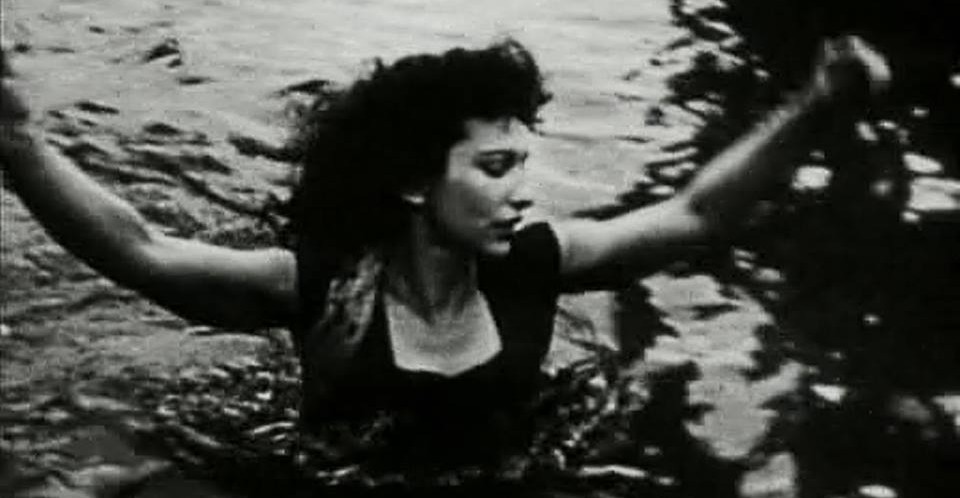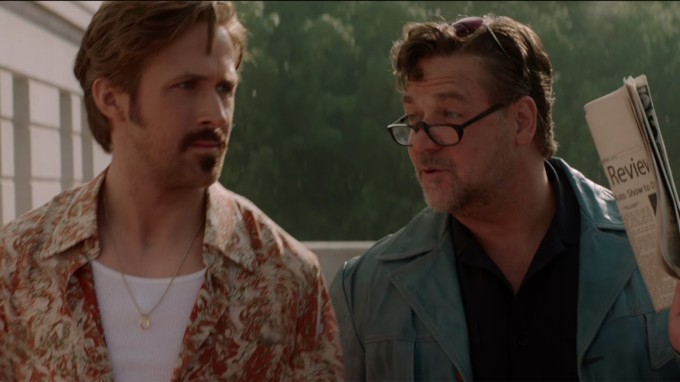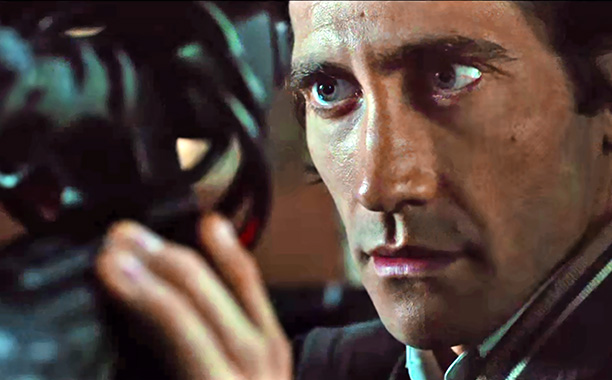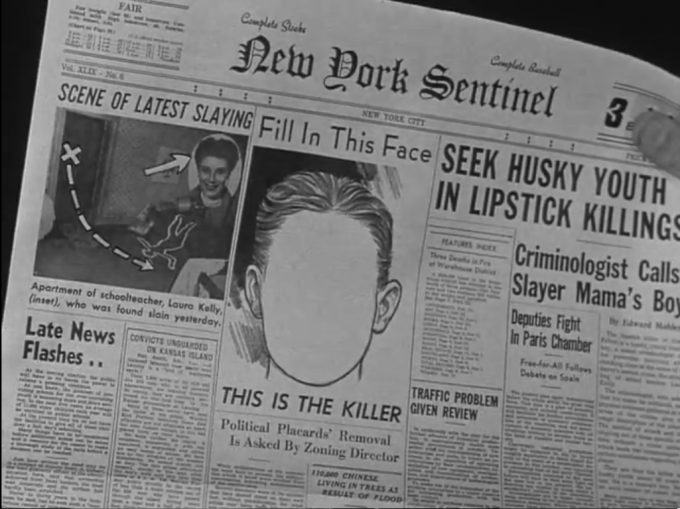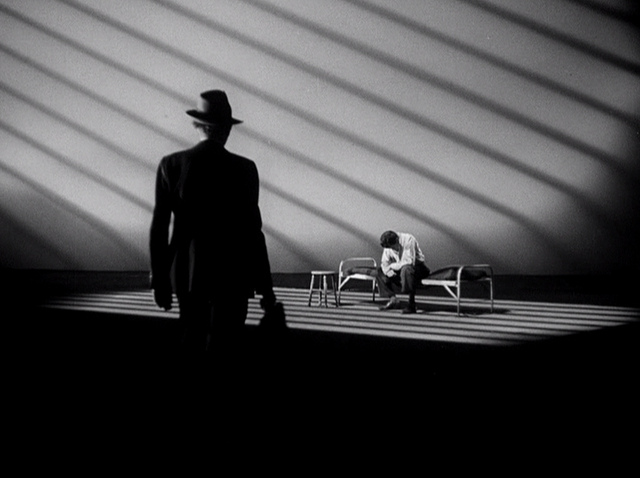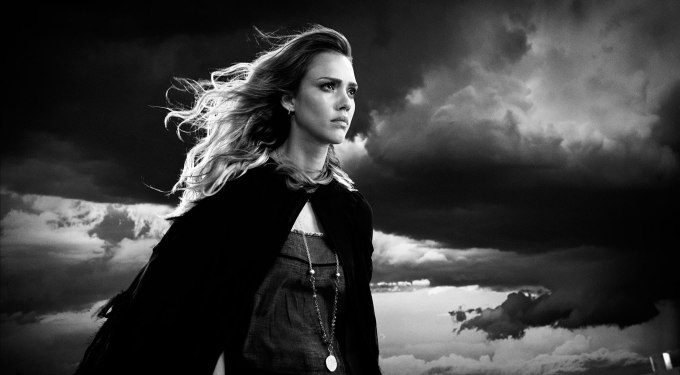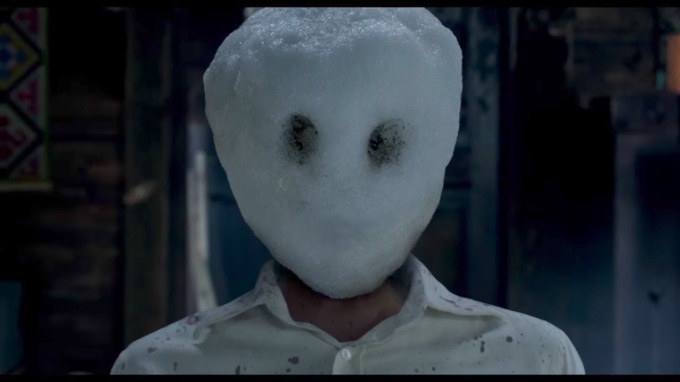
Now I truly know what Freud meant by the unheimlich. I sat there, watching Michael Fassbender, Charlotte Gainsbourg, Toby Jones, Chlöe Sevigny and other people I know I’ve seen before, and yet the only reasonable explanation for The Snowman is that it was made by an entire cast and crew who not only have never made a film before, but have never encountered the very hypothetical concept of film before.
There is something bold, daring and courageous in the way that The Snowman genuinely never puts a foot right in its two glacial hours of disappointment. The acting is stilted and disjointed. The editing is ugly as sin. The characters are underdeveloped, their motivations at no point satisfactorily justified – least of all the killer’s – with a horrendous “nine years earlier” subplot, starring Val Kilmer impersonating Mark Kermode impersonating The Godfather, whose character was murdered by the killer for “getting too close to the truth,” not that the subplot is characterised or detailed in any way whatsoever for us to see that. Honestly, why don’t we just have the opening titles, followed by a note that says “some murders happened, but Michael Fassbender put a stop to the eventually,” if the film believes so strongly in telling, rather than showing?
Speaking of showing, the one thing a spectator might be able to hope for, considering the trailers which gleefully advertise a severed head, is some gratuitous violence, leading one to see the film in the hope of some tasteless fun – sadly, no such luck there, either. The murders are few and far between, and mostly all but completely obscured.
The Snowman, by employing an almost entirely British cast, decided that it would present an entirely British-accented Norway which, combined with the truly dreadful sound editing, gives the impression of a film awkwardly dubbed à la an unintentionally self-parodic 70s martial arts flick, but that tragically results in J.K Simmons, forcing himself into a British bourgeois accent, about as comfortably as he would force himself into Maggie Cheung’s outfit in Irma Vep. I want to blame the director or the producer, but a film this horribly put together should have encouraged riotous levels of resistance from every actor, every grip, every caterer and intern onset. Everyone involved should be held collectively responsible. I feel somehow responsible. I could have, should have done more to stop this train wreck and, for that, I am truly sorry.
0
